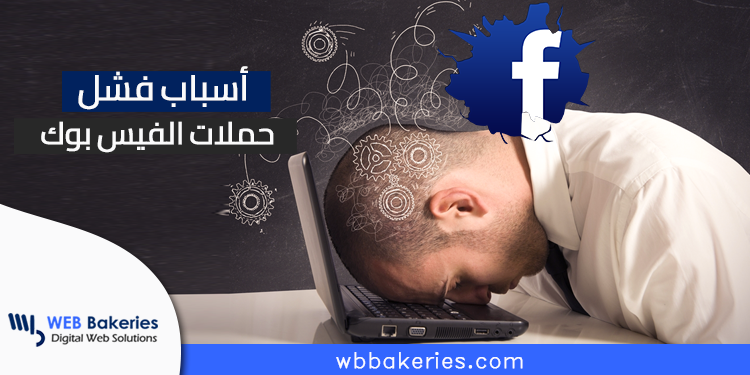Facebook has become one of the most popular social media platforms worldwide, with over 2 billion active users. It has also become one of the most popular platforms for digital marketing, with businesses utilizing Facebook campaigns to reach their target audience. However, despite the vast reach and potential benefits of Facebook campaigns, not all campaigns are successful. In this essay, we will explore some of the reasons for the failure of Facebook campaigns.
Poor targeting
One of the primary reasons for the failure of Facebook campaigns is poor targeting. Facebook’s ad platform provides a range of options for targeting, including age, gender, interests, behaviors, and geographic location. However, if the targeting is too broad, the campaign may reach the wrong audience or fail to reach the intended audience altogether. For example, if a campaign targeting college students is not limited to specific universities, the ad may reach high school students or non-students, resulting in a lower conversion rate and higher ad spend.
On the other hand, if the targeting is too narrow, the campaign may not reach a sufficient number of people to generate results. In this case, it is crucial to find a balance between specificity and reach to ensure that the campaign reaches the right people.
Lack of clear objectives
Another common reason for the failure of Facebook campaigns is a lack of clear objectives. Campaigns should have specific goals, such as generating leads, increasing sales, or driving website traffic. Without clear objectives, the campaign may lack direction, resulting in ineffective messaging and poor performance. Additionally, campaigns should have specific key performance indicators (KPIs) to measure success. For example, if the goal is to generate leads, the campaign’s KPI could be the number of leads generated, the cost per lead, or the conversion rate.
Poor ad creative
The ad creative is another critical factor in the success of a Facebook campaign. Ads should be visually appealing, attention-grabbing, and clearly communicate the message. Poor ad creative can result in low engagement, click-through rates, and conversions. Additionally, the ad creative should be tailored to the target audience and the campaign objective. For example, a campaign targeting millennials may require a different creative approach than a campaign targeting baby boomers.
Ineffective ad copy
In addition to the ad creative, the ad copy is equally important in the success of a Facebook campaign. Ad copy should be clear, concise, and compelling. It should communicate the message effectively and provide a call to action that encourages users to take action. Ineffective ad copy can result in low engagement and conversion rates.
Ad fatigue
Ad fatigue occurs when users become bored or disinterested in seeing the same ad repeatedly. It is a common problem in Facebook campaigns, especially if the campaign runs for an extended period. Ad fatigue can lead to lower engagement and conversion rates and higher ad spend. To avoid ad fatigue, it is essential to rotate ad creative regularly and update the ad copy to keep the campaign fresh.
Poor landing pages
The landing page is the page that users land on after clicking on the ad. The landing page should be relevant to the ad’s message and the campaign objective. It should also be visually appealing, easy to navigate, and optimized for conversions. Poor landing pages can result in a high bounce rate, lower engagement, and conversion rates.
Inadequate budget
The budget is another critical factor in the success of a Facebook campaign. A low budget may result in low ad reach and insufficient data to optimize the campaign effectively. Additionally, a low budget may limit the ability to target specific audiences effectively. To avoid inadequate budgets, it is essential to allocate sufficient resources to the campaign and set realistic expectations for the results.
Failure to optimize the campaign
Optimizing the campaign is crucial to its success.














